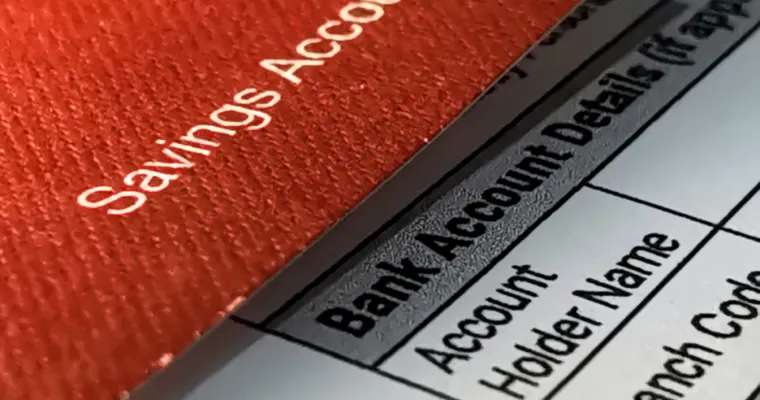When establishing a "guardianship account", one common question that arises is whether a guardian must consolidate all of the ward's "certificate of deposit (CD) accounts" into a single account. This decision can have significant implications for managing the ward’s assets efficiently and in compliance with legal standards. Understanding the nuances of guardianship accounts and the management of CDs is crucial for guardians to ensure the best outcome for their wards.
Understanding Guardianship Accounts
A "guardianship account" is designed to manage the financial assets of an individual who is unable to do so due to age, incapacity, or legal reasons. The guardian is responsible for overseeing the ward's financial matters, which may include various types of accounts, such as checking, savings, and CDs. The primary objective of setting up a guardianship account is to protect the ward's assets and ensure that they are used for their benefit.
The Role of Certificate of Deposit Accounts
"Certificates of deposit" are a popular investment option due to their fixed interest rates and relatively low risk. They are often used by individuals to save for specific goals or to ensure the safety of their funds over time. For a ward, CDs can be an essential part of their financial portfolio, providing a secure way to grow their assets.
Do All CD Accounts Need to Be Consolidated?
The question of whether guardians must place all of the ward's CD accounts into one guardianship account is not straightforward and largely depends on several factors, including the ward's unique financial situation, the terms of the CDs, and state regulations governing guardianship.
1. "Legal Requirements": Some states have specific regulations that may dictate how guardians should manage their wards' financial assets. It is essential for guardians to familiarize themselves with local laws to ensure compliance.
2. "Interest Rates and Terms": Different CDs may have varying interest rates, maturity dates, and penalties for early withdrawal. Guardians should consider whether consolidating accounts would benefit the ward financially or if maintaining separate accounts could yield better returns.
3. "Convenience and Management": Consolidating accounts may make it easier for guardians to manage the ward's finances, simplifying record-keeping and monitoring of assets. However, this convenience needs to be weighed against potential financial drawbacks.
4. "Investment Strategy": Guardians must consider the overall investment strategy that is in the best interest of the ward. Diversifying investments across different CDs might be a prudent approach, especially if it aligns with the ward's financial goals.
Conclusion
In conclusion, guardians do not necessarily have to place all of the ward's CD accounts into one guardianship account. The decision should be made based on a careful evaluation of legal requirements, financial implications, and the best interests of the ward. It is advisable for guardians to consult with financial advisors or legal professionals to navigate this process effectively. By making informed decisions, guardians can ensure that they manage their wards' assets responsibly and in accordance with applicable laws.





